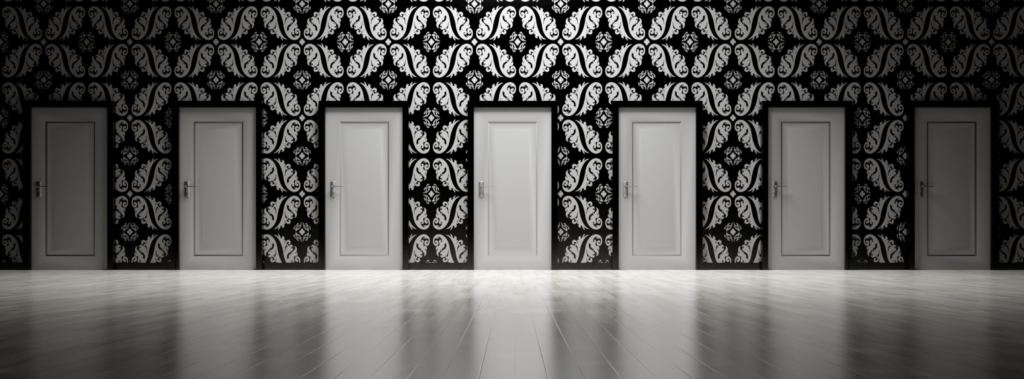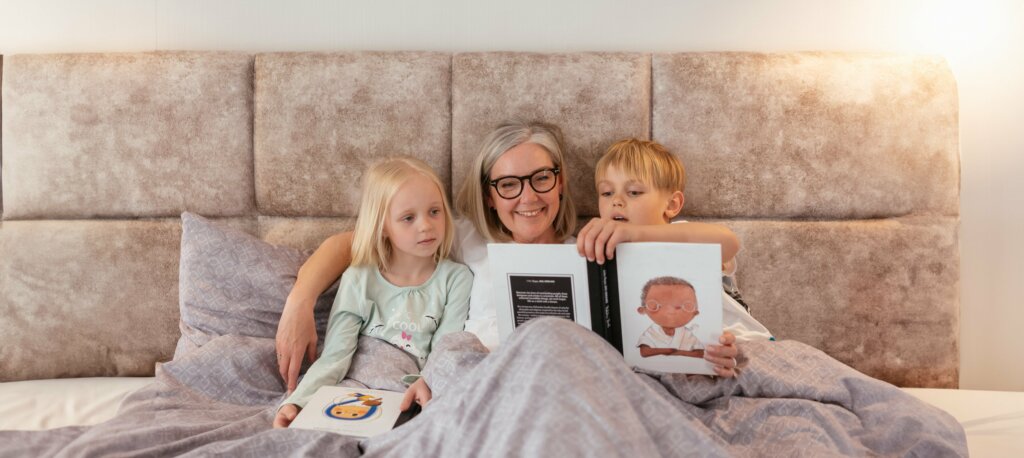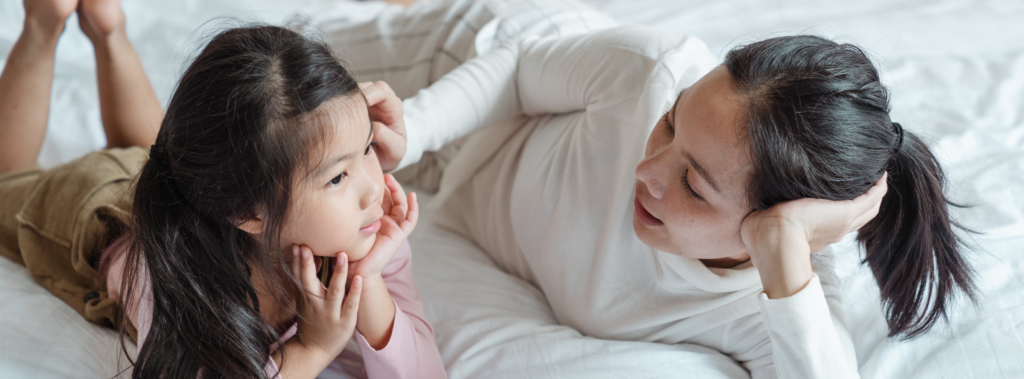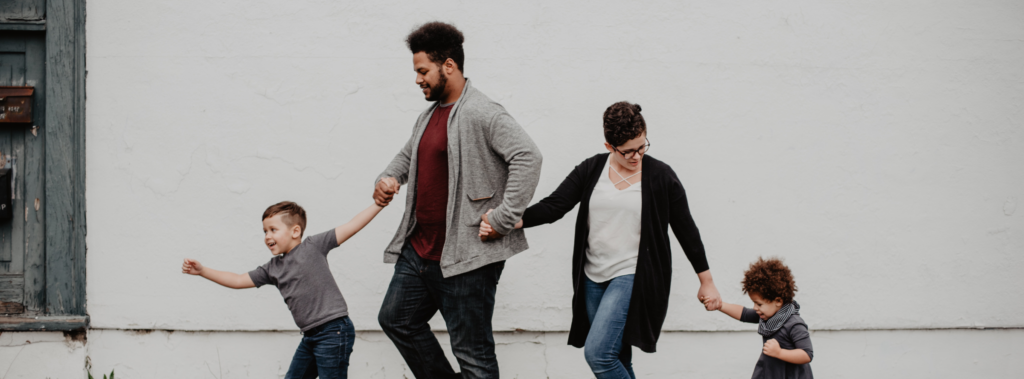The Problem with Choices for Kids

I’ve argued for years that students need more “ownership” of their education. Teachers, parents and coaches have not empowered them to practice metacognition and engage in greater levels of inquiry and exploration. To be specific, allowing students to own their learning process implies allowing them to make more of their own choices.
But there is a downside to all of this. There is a paradox at play with options.
The paradox is: Americans value freedom because we believe it allows us to live the way we want to live. Over time, however, our freedom of choice has expanded—we make hundreds of thousands of choices every year and on top of that, several options within each choice we make. For example, have you visited your local supermarket lately?
- There are 29 different types of loaves of bread, not including rolls and muffins.
- There are just over 150 different salad dressings to choose from.
- There are just under a thousand different kinds of toothpaste on the shelf.
I am a type one diabetic. I use an insulin pump and a sensor to track my blood sugars. I just discovered that the average diabetic makes 400 more decisions a day than the average person. It makes me tired just thinking about it.
What Does an Excess of Choices Do to Kids?
Young people who are part of Generation Z have no memories of just three television networks or of a phone that only makes telephone calls. They’ve grown up with smartphones, limitless apps, and social media notifications 24/7. They’ve always experienced “information overload.” They are choosing between options far more often than past generations of kids.
Psychologist Barry Schwartz believes this has led to the “paradox of choice.”
1. INSTEAD OF FEELING FREEDOM, KIDS FEEL PARALYZED AND CAN’T CHOOSE.
An experiment was conducted outside a local market. Two tables were positioned in front, both selling the same items. But there was one difference: the table on the left displayed loads of product options; the table on the right, just three. Researchers discovered “consumer paralysis.” While more people migrated to the table with numerous options, fewer actually made a purchase. While slightly less people visited the other table, more bought something.
2. INSTEAD OF FEELING HAPPY, KIDS END UP LESS SATISFIED WITH THEIR CHOICE.
Researchers also discovered when people have more choices, satisfaction levels actually drop after a certain point. The more options there are, the easier it is to feel regret about the choice we made. The “fear of missing out” is real. Happiness levels drop because we are aware of what we may have missed. What if we made the wrong choice? What if others know more than I do and made a better decision? We suffer from FOMO and self-doubt.
3. INSTEAD OF CONTENTMENT, KIDS EXPERIENCE THE ESCALATION OF EXPECTATIONS.
With more options in front of us, our expectation levels rise. We subconsciously tend to expect more from them. It makes sense: with all of these options, there has to be a perfect outcome for us personally. We expect perfection. It seems counterintuitive, but if we had only one choice of bread in the supermarket, the burden of choice is removed, our expectation levels decline, and the net result is that we walk out of the store happier.
This may explain why more young consumers prefer Trader Joe’s over the larger branded supermarkets. In Trader Joe’s, there may just be two kinds of peanut butter, not twenty. The transaction is less complicated. These are negative consequences of so many choices.
THE CONNECTION BETWEEN CHOICES AND ANXIETY
It makes sense that staring at numerous options, and a decision to eliminate most of those options in favor of one, can lead to feelings of anxiety. I’m not suggesting an anxiety disorder, just an anxious person. Overly anxious. Today, students are overwhelmed. It continues to be a word they use when describing their lives in focus groups and on nationwide surveys. The American College Health Association first discovered this reality in 2007, when 94 percent of university students reported feeling “overwhelmed.” 44 percent said they were so overwhelmed it was difficult to function. I don’t believe they are overwhelmed because they’re less intelligent or less talented than previous generations of college students.
Could it be that part of their anxiety is due to too many options?
THE CONNECTION BETWEEN CHOICES AND DEPRESSION
Consider this. With only one choice, when you don’t like what you get, you have someone else to blame. When there are loads of options and you don’t like what you get, who’s to blame? You are. We’d rather blame someone else. Dr. Barry Schwartz believes one significant contributor to the clinical depression of people today is they have so many choices. Expectations are high and satisfaction is low—and people realize the person to blame is themselves. Interestingly, while the United States enjoys one of the richest economies in the world, we are not the happiest people. According to the 2021 World Happiness Report, we’re not even in the top ten. Some nations that experience more poverty are actually happier. Depression levels are lower. Sad but true.
It doesn’t make sense unless we consider the society we’ve created.
LEADING STUDENTS IN THE AFTERMATH OF A PANDEMIC
On the backside of the COVID-19 pandemic, I believe an added element to students feeling overwhelmed is uncertainty. On top of the choices, so many unknowns exist in their future, including an unstable job market, a recovering economy, and whether or not their degree actually prepared them for today’s automated marketplace. They wonder if they’re ready for the future, if they’ll make the right choices with so much ambiguity surrounding their options.
Opportunity cost subtracts from the options we choose. We must perform a balancing act to lead students well this year. Some choice is better than no choice, but it doesn’t follow that tons of choices make life proportionately better. We should limit the choices. For instance, instead of unlimited options, I suggest:
- Three options for the classroom project.
- Two or three options for physical fitness.
- A handful of options in the dining hall at lunch.
I saw a cartoon of an old man and woman walking in the park. The man says, “Everything was better back when everything was worse.” It’s a joke, but maybe that old man is onto something. Let’s lead our students well in light of this paradox of choice.
Wondering how else you can set up the next generation for success?
It helps when you know how to speak their language – how they’re thinking – what they value. Tim Elmore is the country’s leading expert in the emerging generation, and his book A New Kind of Diversity contains everything you need to know about connecting with – and influencing – the young leaders in your life. Pick up a copy here today.
More Articles

One Change I’d Make to Engage Kids Better If I Had to Do It Over Again

A Tool to Foster Better Conversations with Your Kids









Be the first to comment on "The Problem with Choices for Kids"